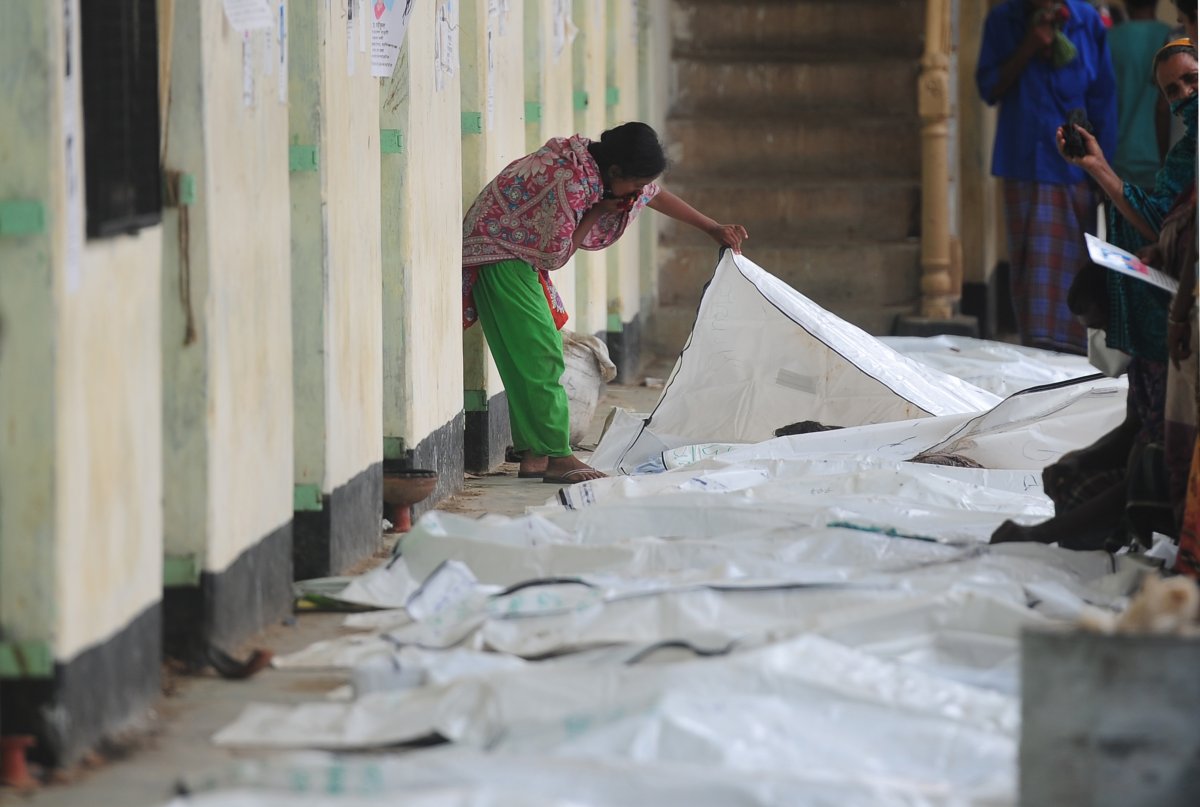VANCOUVER – More than a month after the collapse of a garment factory in Bangladesh’s capital killed 1,129 people, hundreds of bodies remain unidentified.

A New York Times story published on Friday reports there are 301 bodies at the lab that still need to be identified.
Staff at the National Forensic DNA Profiling Laboratory, in Dhaka, have taken blood samples from more than 500 people who are waiting to find the remains of loved ones pulled from the rubble of the Rana Plaza building.
The number rose from 291, after it was learned 10 bodies were returned to the wrong families, and in three of those cases, missing relatives were later found out to still be alive, the New York Times reported. Those bodies that were mistakenly buried will be exhumed.
The article also highlights some of the complications in identifying the bodies still being stored at the morgue in Dhaka.
Because it took weeks to recover all of the bodies from beneath the crumbled building, it was impossible for the lab workers to get good DNA samples to identify victims.
Rather than being able to rely on blood or tissue samples, they’ve had to rely on teeth and bone fragments to match DNA with blood taken from relatives of the dead.
Read also: In the wake of Bangladesh factory collapse, labour activists hope for a consumer shift
The April 24 collapse was the world’s worst garment industry disaster and it put a spotlight on poor working conditions at overseas apparel factories.
Several major retailers had clothing manufactured at the facility, where workers had been ordered to enter on the day of the collapse despite concerns about cracks in the concrete structure.
The owner of the Rana Plaza, Sohel Rana, has been accused of using poor quality materials to construct the building. He also illegally added two levels to the eight-story building.
Canada’s Loblaw Inc.-owned Joe Fresh line was manufactured there, was well as clothing for the Children’s Place, Walmart and Benetton.
Loblaw has since outlined plans to create better protection for textile workers in Bangladesh, and has committed to a pact, along with retailers such as Benetton and Sweden’s H & M, to have Western companies source their products from garment factories that undergo regular inspections.
*With files from Global’s Jamie Sturgeon, The Associated Press and the New York Times.




Comments